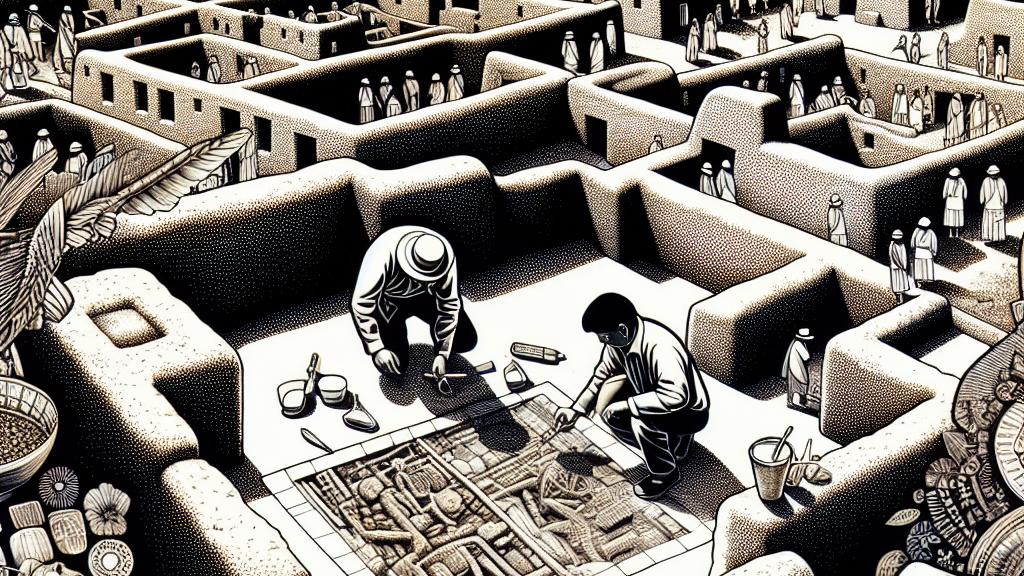Unearthing Secrets: The Shocking Parentage of a Sacrificed Child from Paquimé!
Overview
- Groundbreaking DNA analysis reveals the close familial ties of a sacrificed child from Paquimé.
- The archaeological site of Paquimé provides critical insights into pre-Columbian societies and their rituals.
- Human sacrifice was a deeply rooted practice intertwined with spiritual beliefs and cultural identity in Paquimé.

The Rich Historical Tapestry of Paquimé
Paquimé, located in the modern-day Mexican state of Chihuahua, was a thriving urban center between 1200 and 1450 AD known for its unique adobe architecture and intricate cultural practices. Recent findings, including DNA analysis of a sacrificed child buried in a ceremonial site, reveal that the child's parents were more closely related than first cousins. This research not only unveils specific genetic connections within the population but also raises critical questions about the social structures and marital practices that characterized this ancient civilization, illustrating the complexity of kinship and community bonds in Pre-Columbian North America.
Human Sacrifice: A Cultural and Religious Cornerstone
Human sacrifice at Paquimé was not merely ritualistic but a central aspect of its religious life, meant to appease deities, secure agricultural fertility, and reinforce social cohesion. The context of the child's burial, within a sacred setting, underscores the profound significance of these practices in daily life and spirituality. By examining historical records alongside scientific data, researchers can better understand how such rituals reflected the community's values and the hierarchy that governed their society. This exploration reveals how the practice of sacrifice intertwined with the cultural identity of the Paquimé people, binding them to their beliefs and traditions.
The Future of Archaeological Research and Genetic Studies
The implications of the DNA research extend beyond this singular discovery; it suggests a shift in how we approach the study of ancient civilizations. These findings encourage collaboration between archaeologists and geneticists to explore familial relationships, social structures, and how genetic diversity shaped cultural practices. As we continue to analyze evidence from sites like Paquimé, we gain a deeper understanding of the interconnectedness of ancient societies and the complex factors that influenced their evolution. This comprehensive perspective highlights the importance of integrating scientific methods with historical narratives, paving the way for new interpretations of ancient life and rituals across various cultures.

Loading...